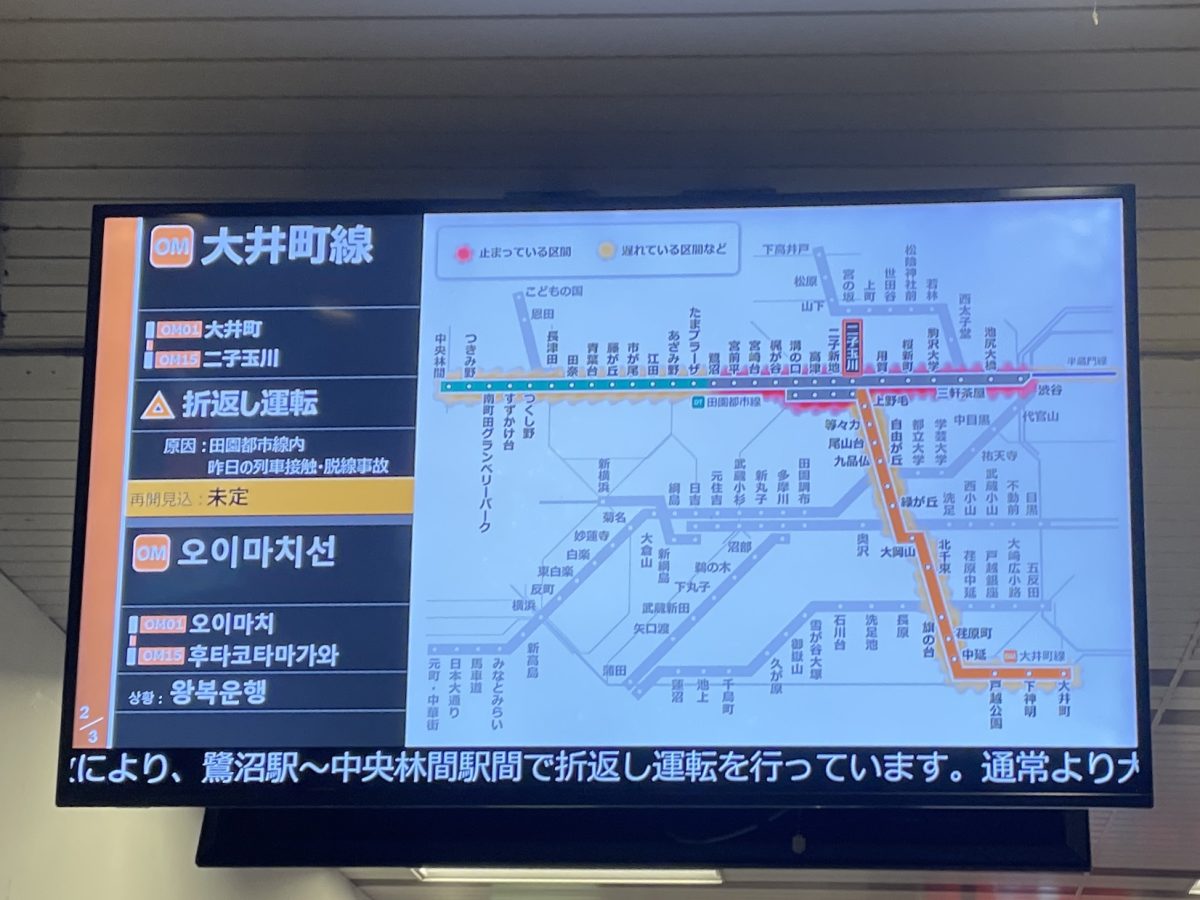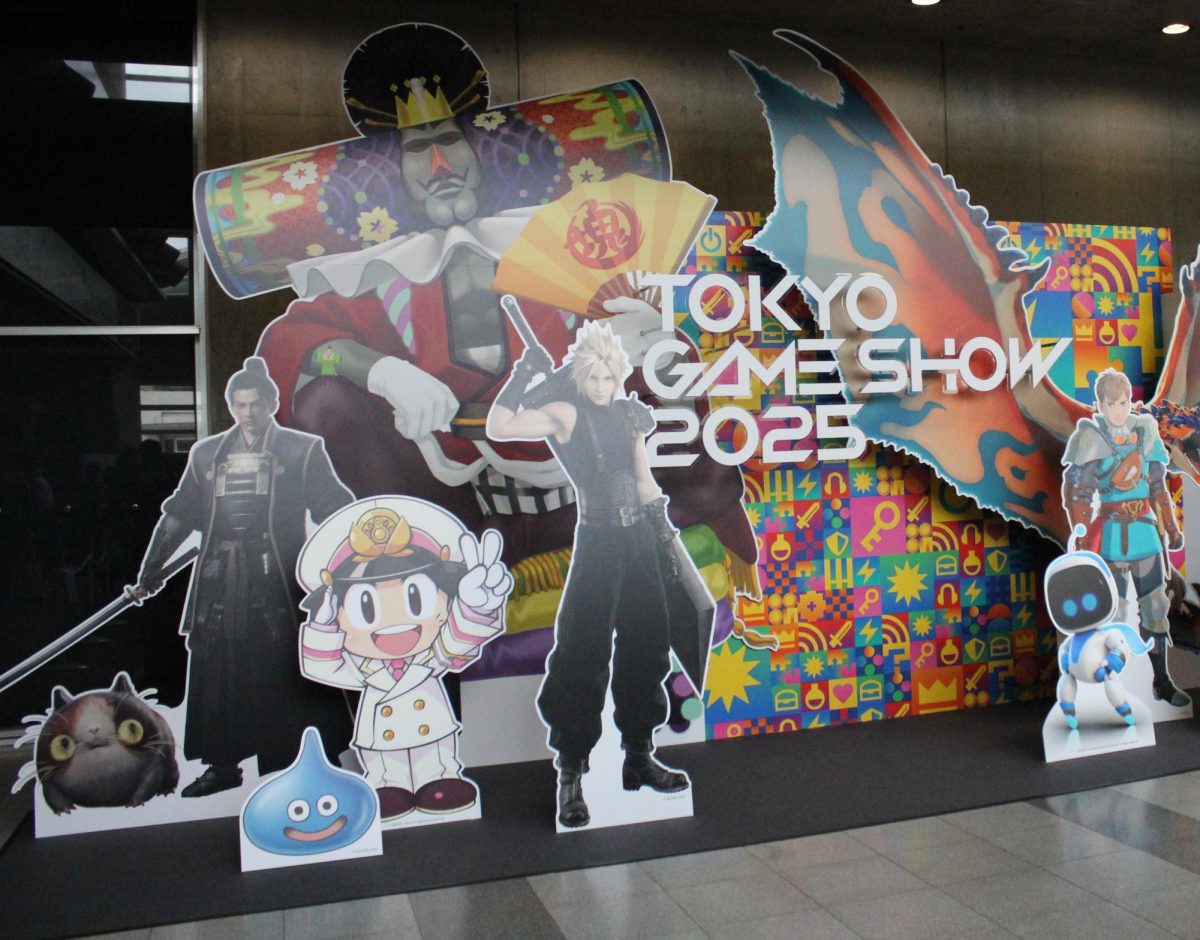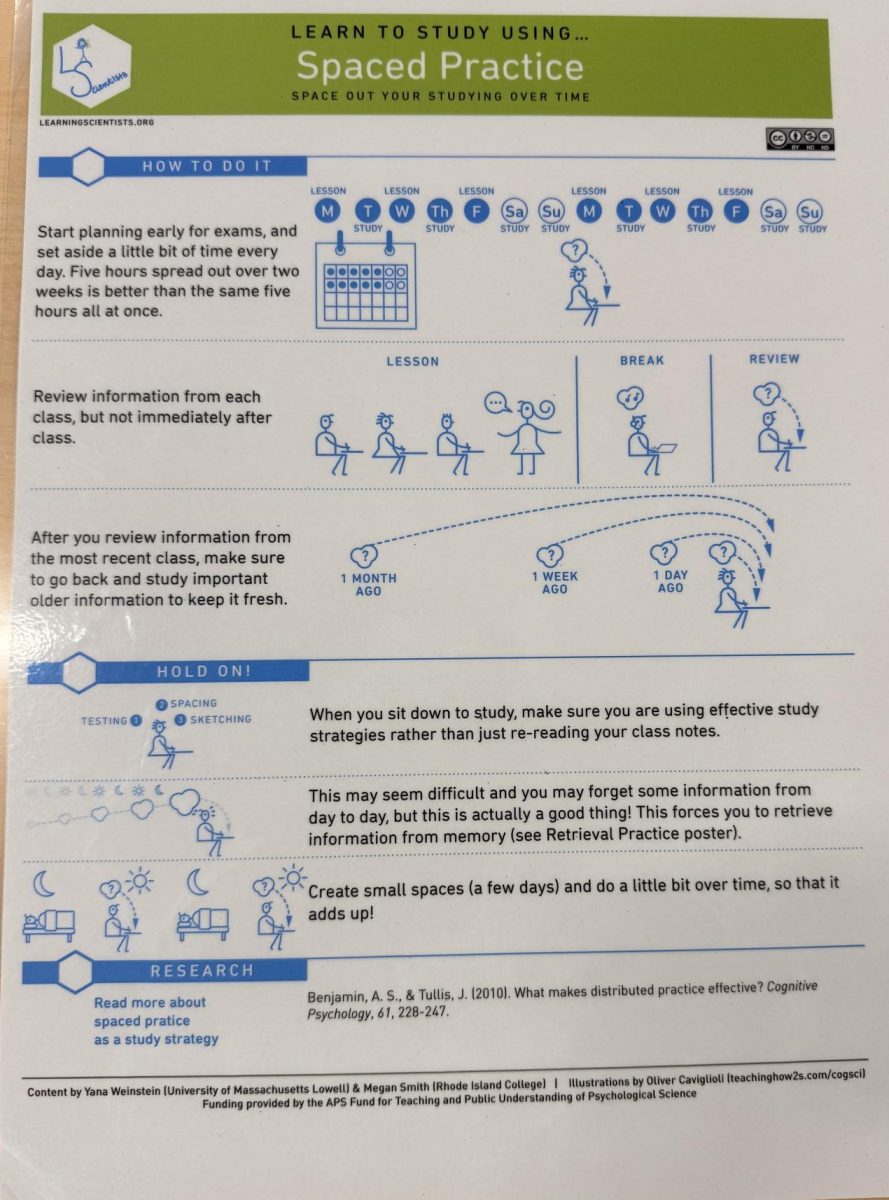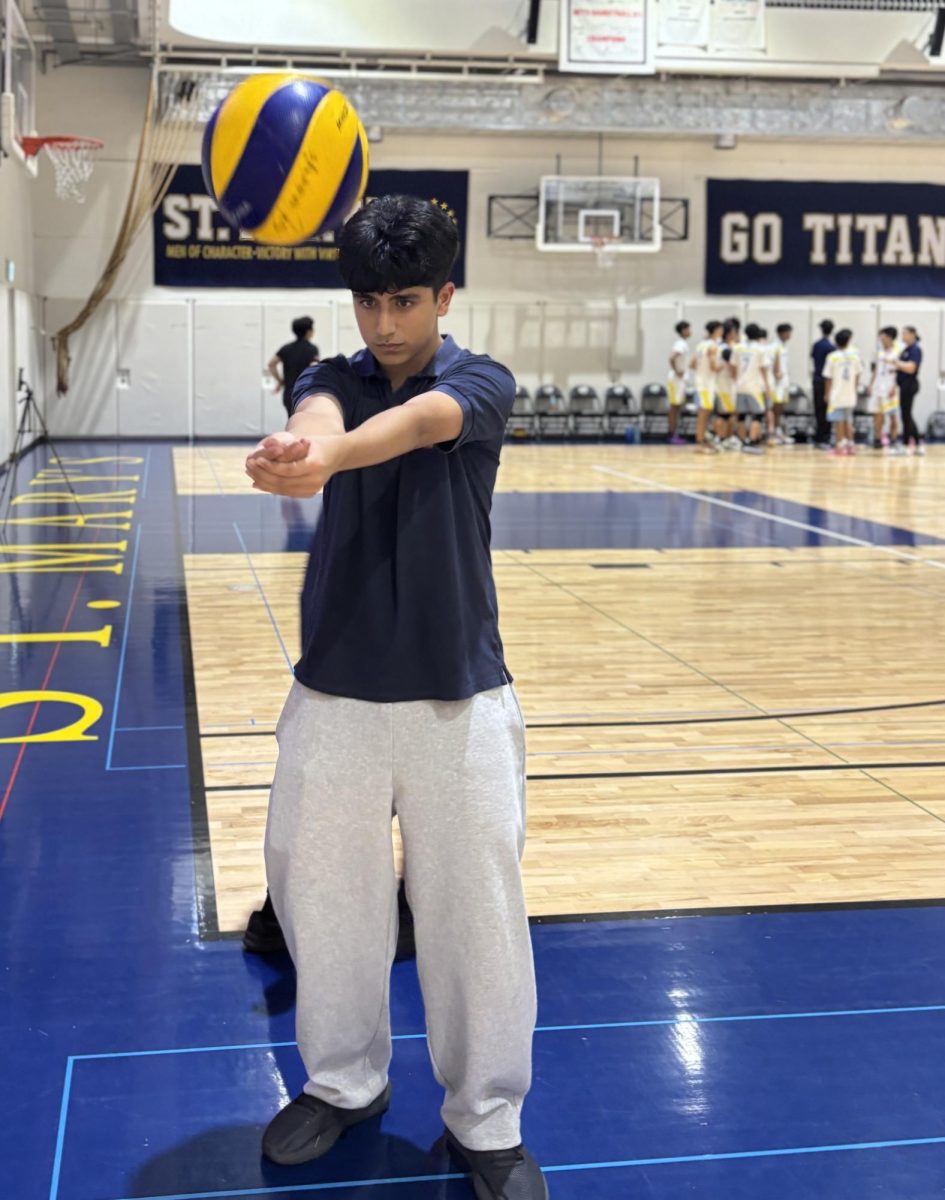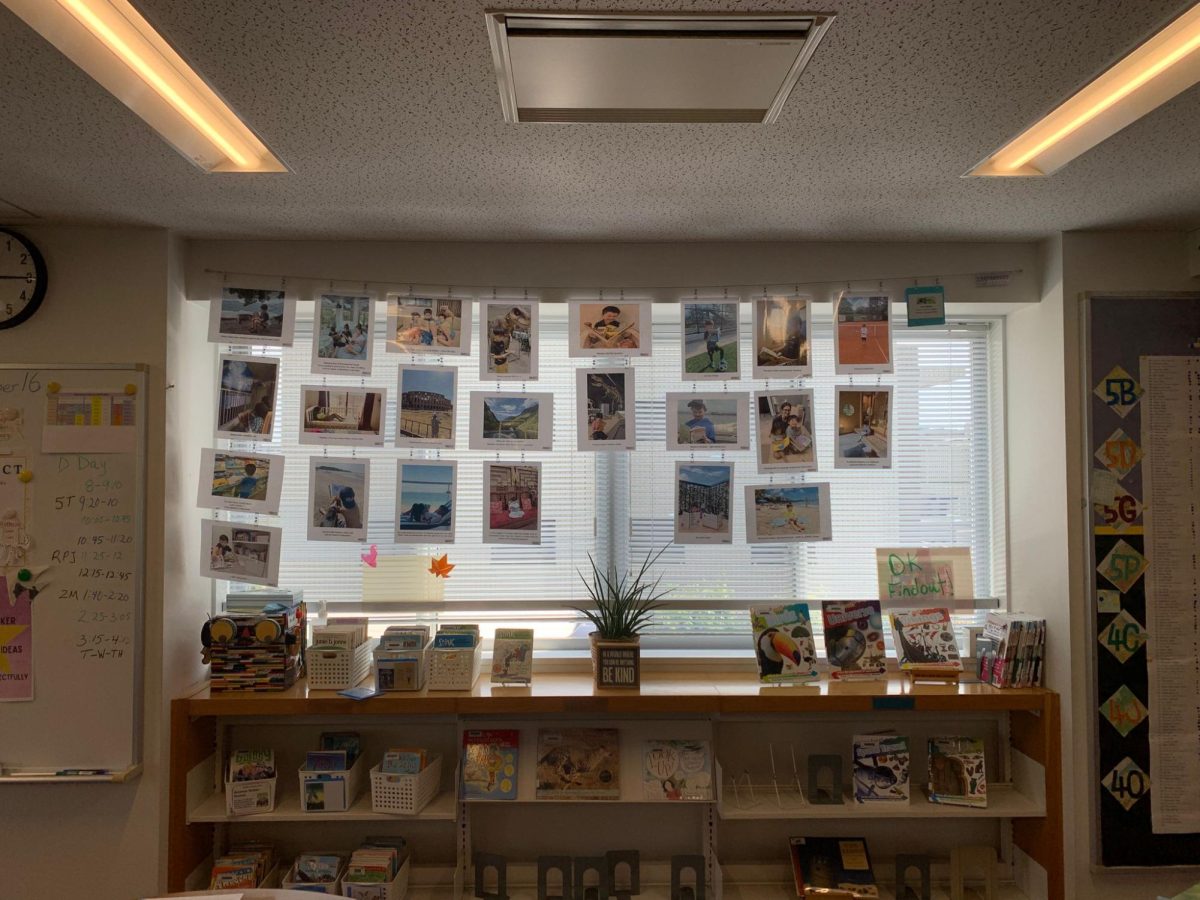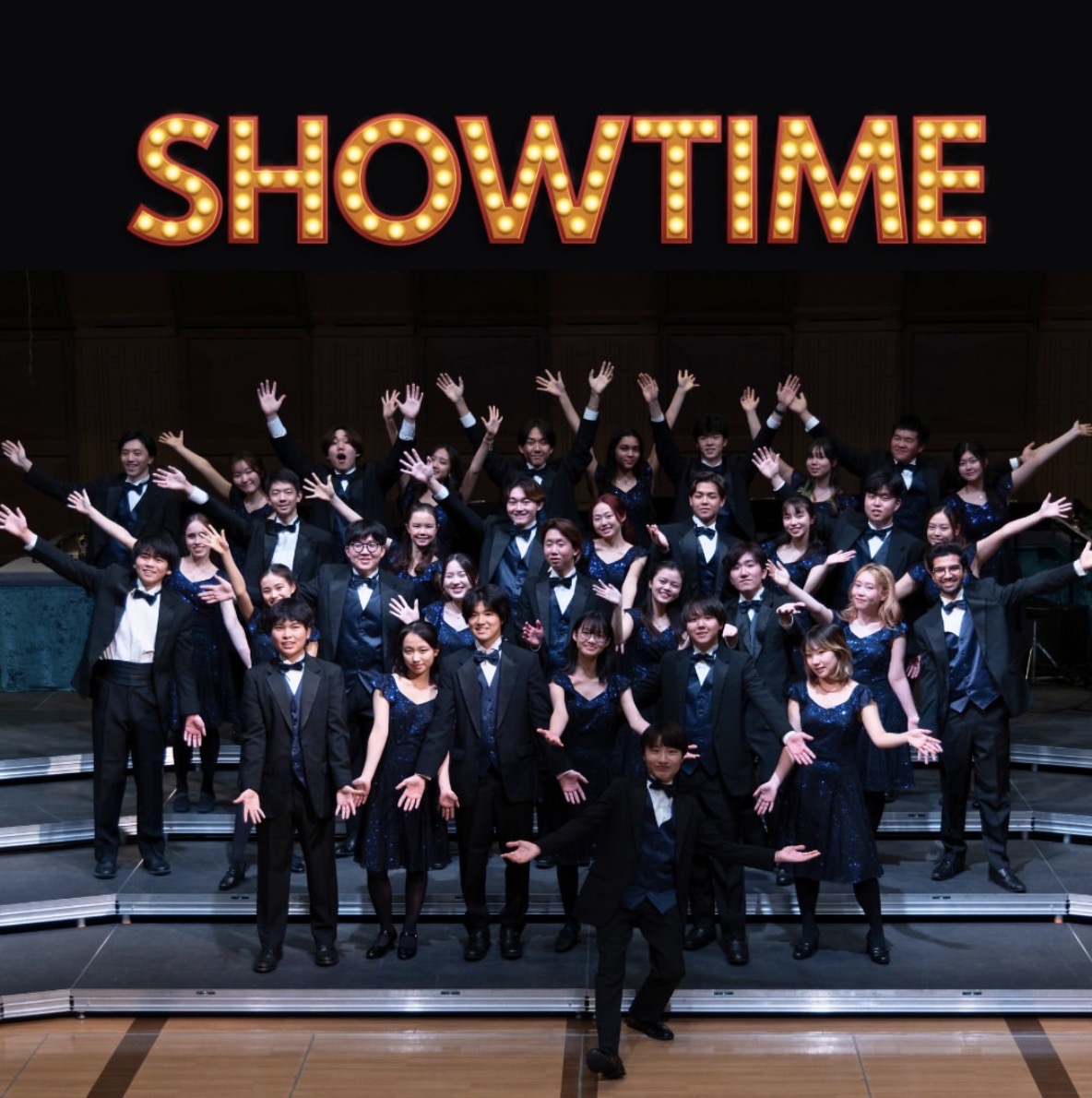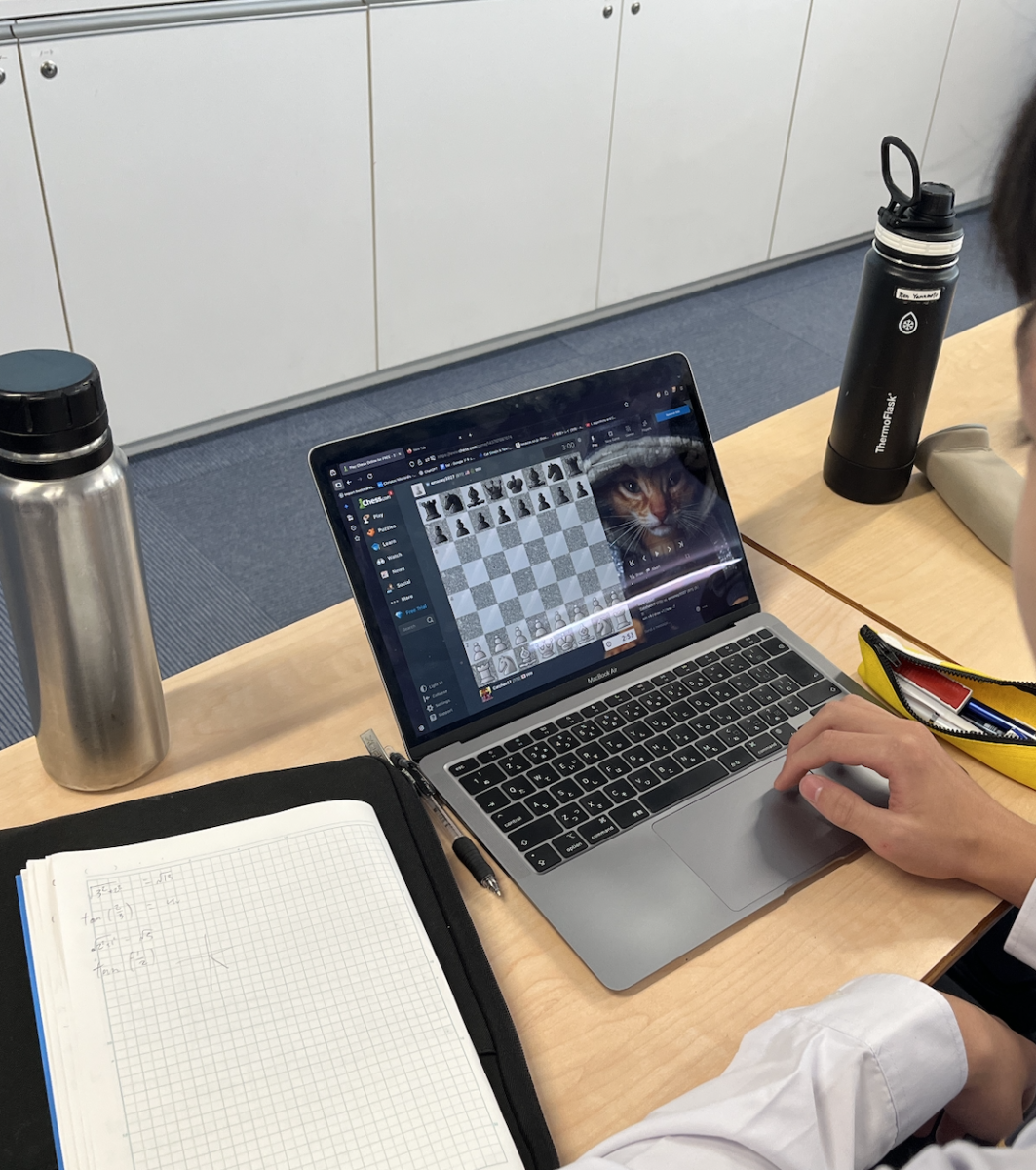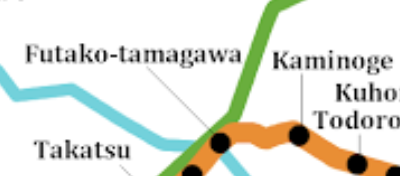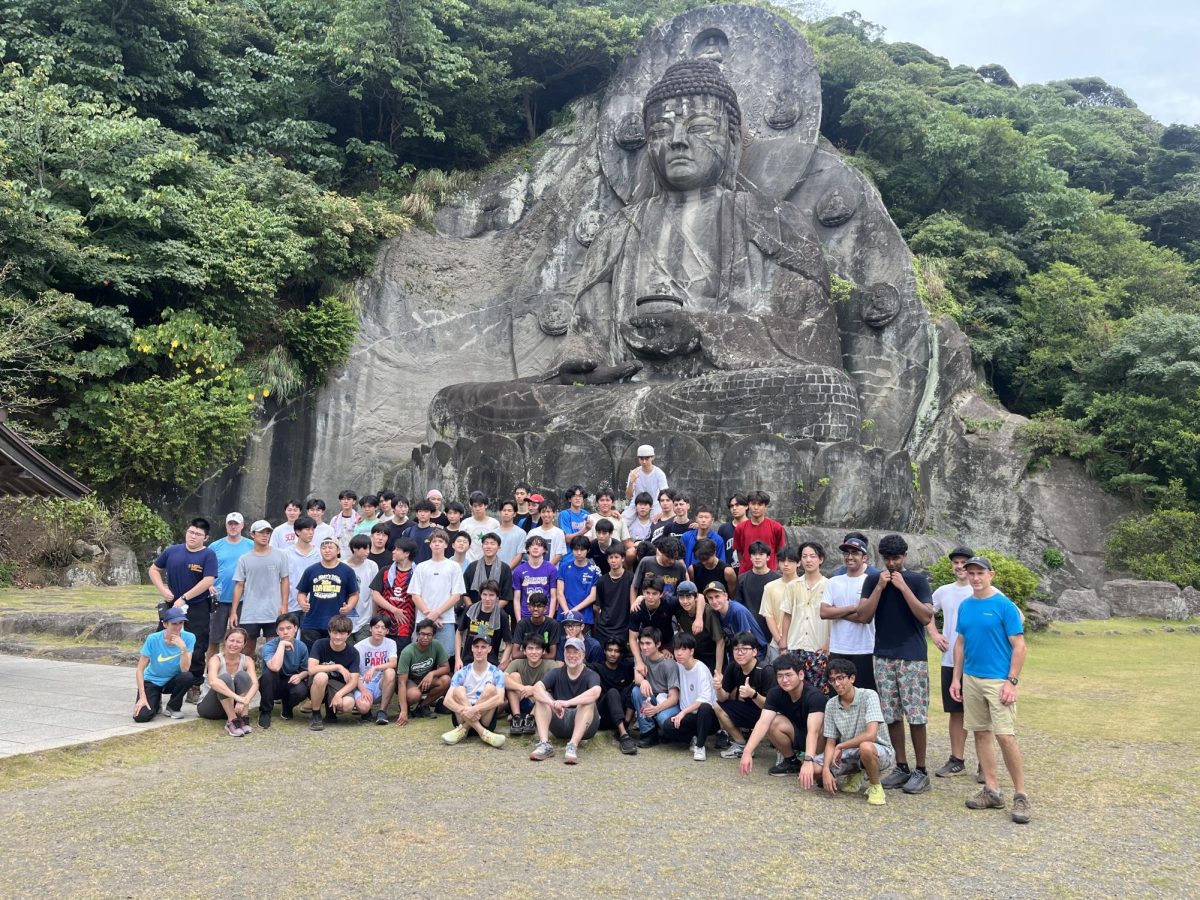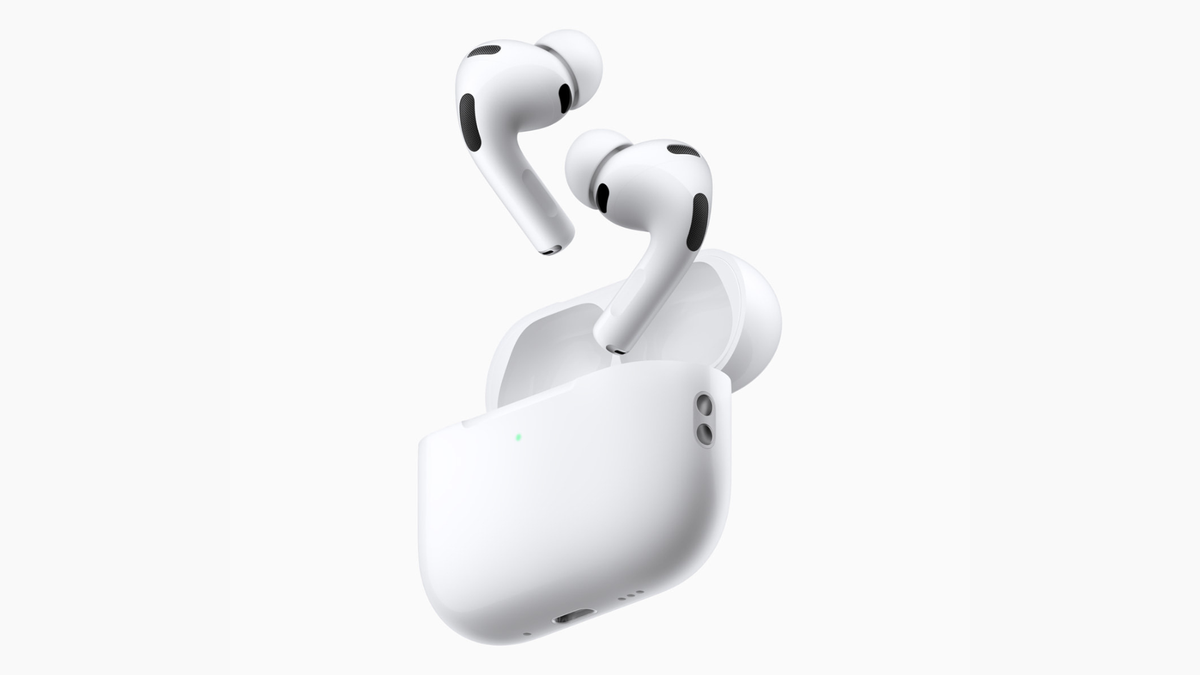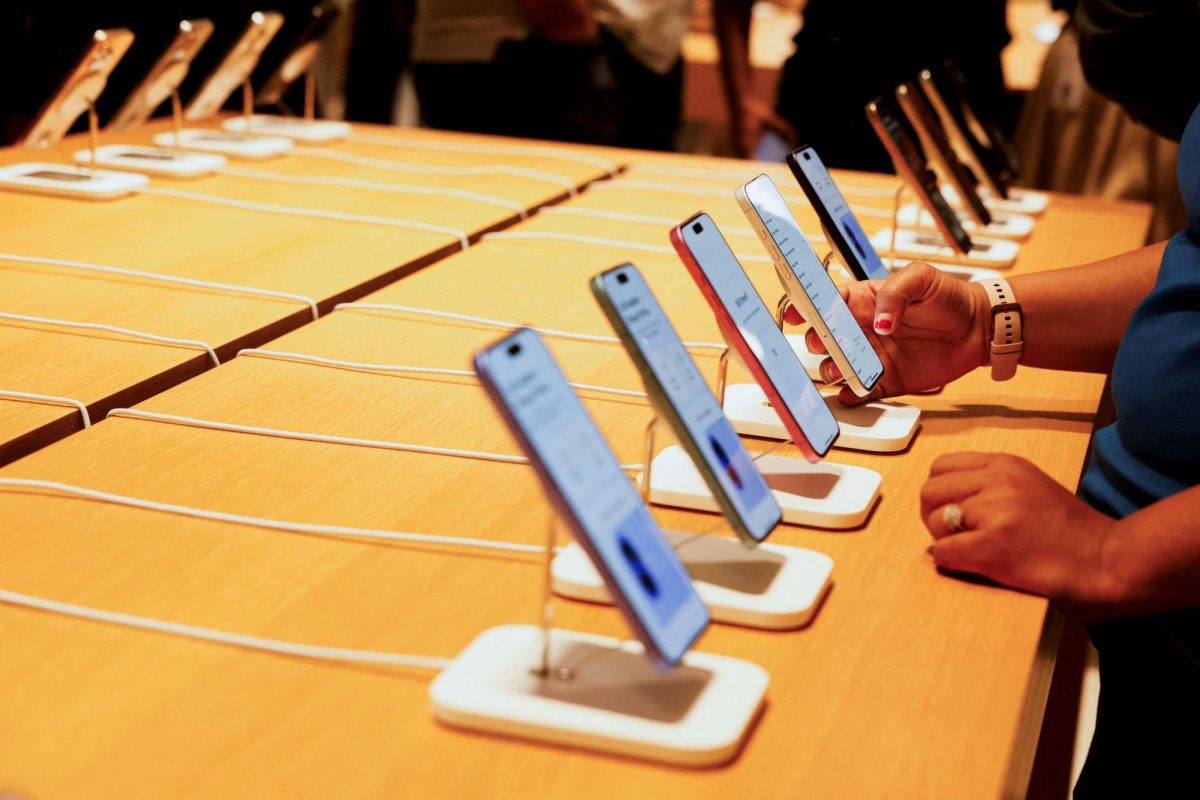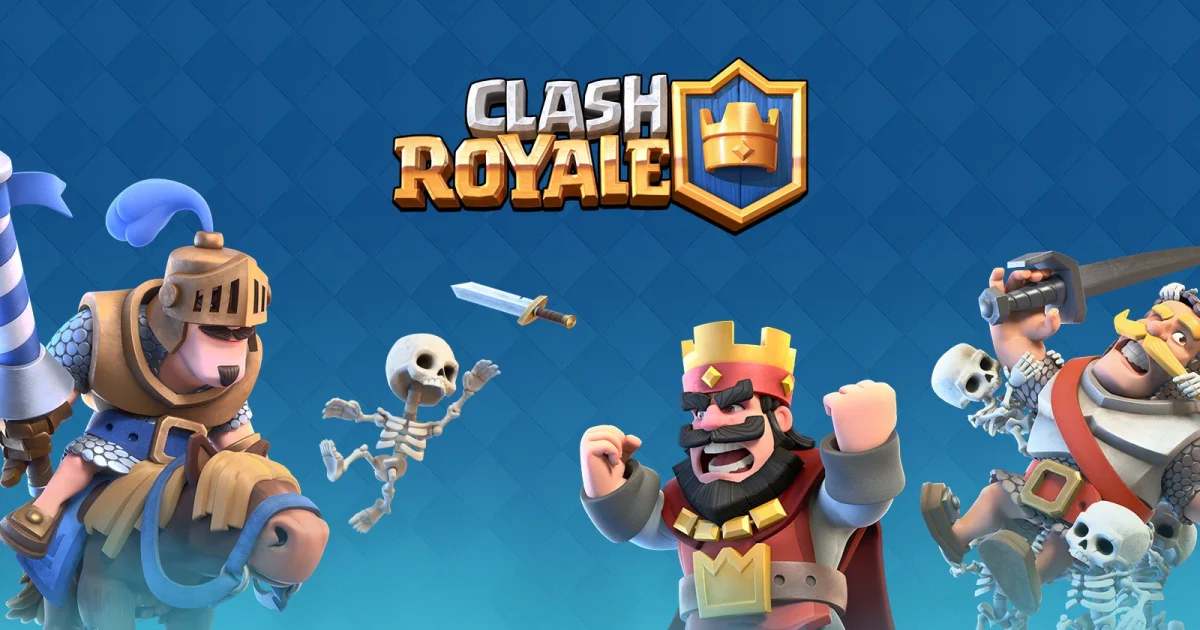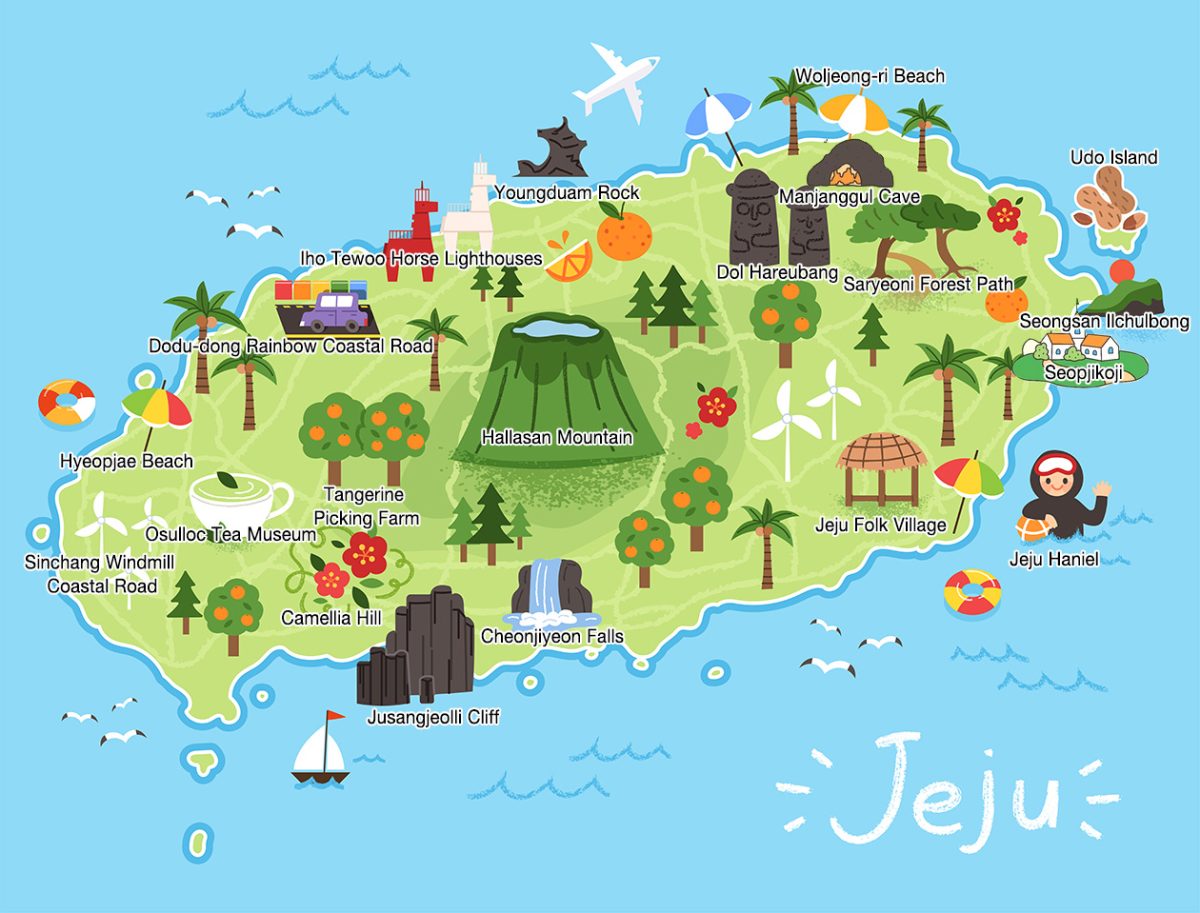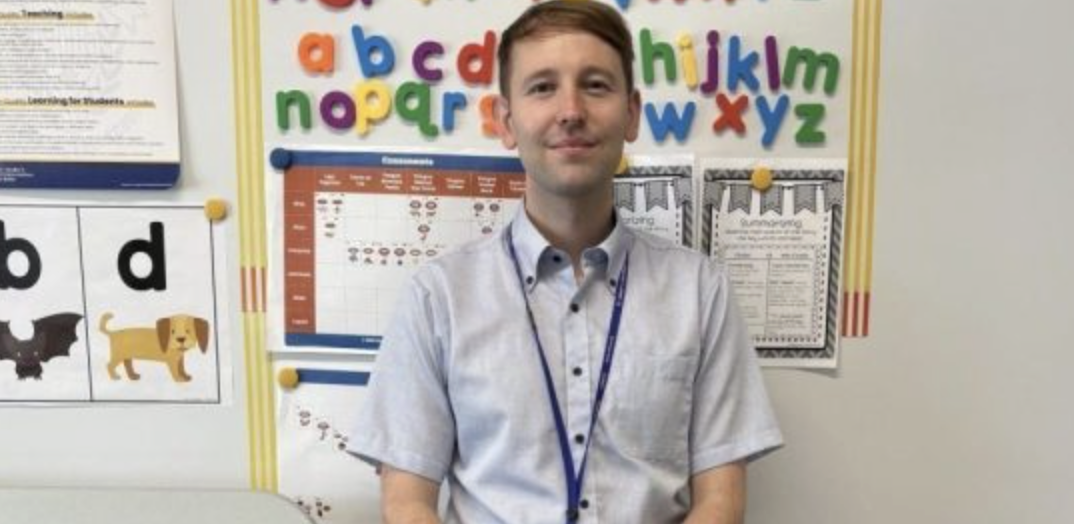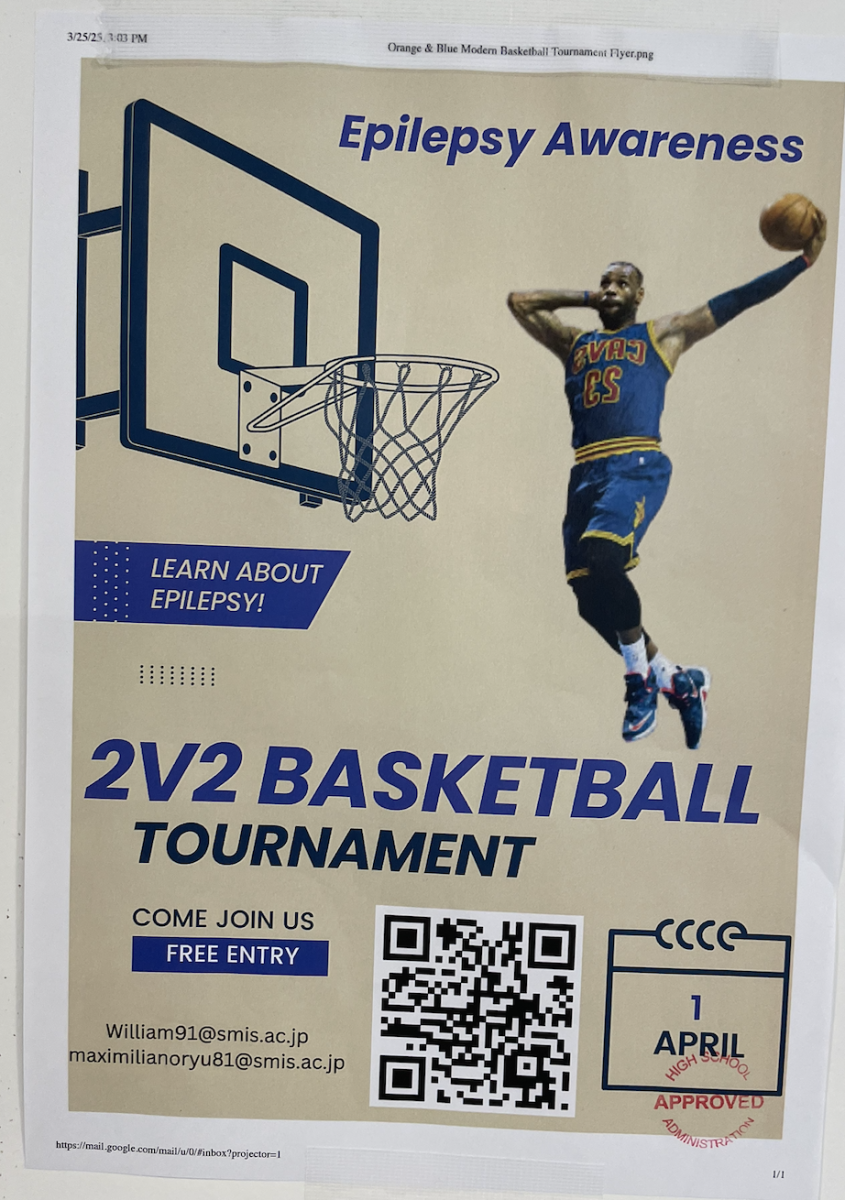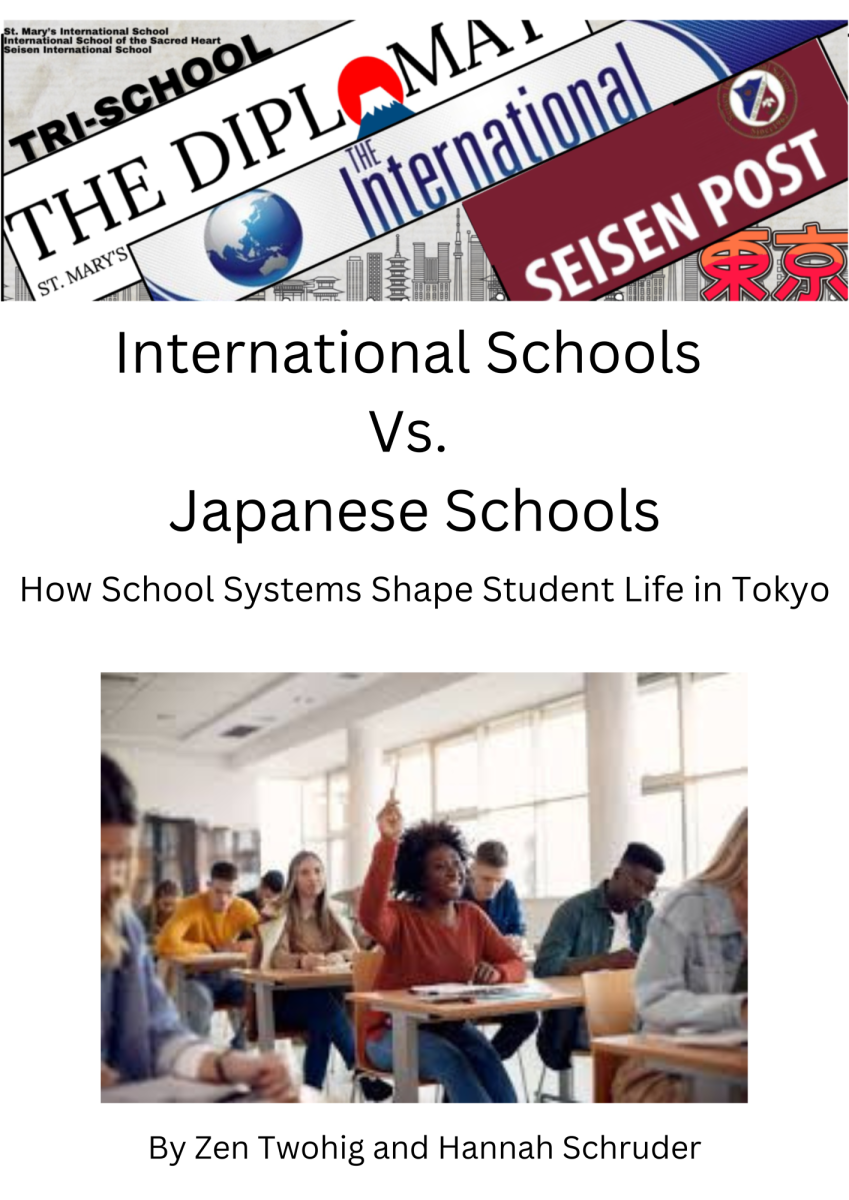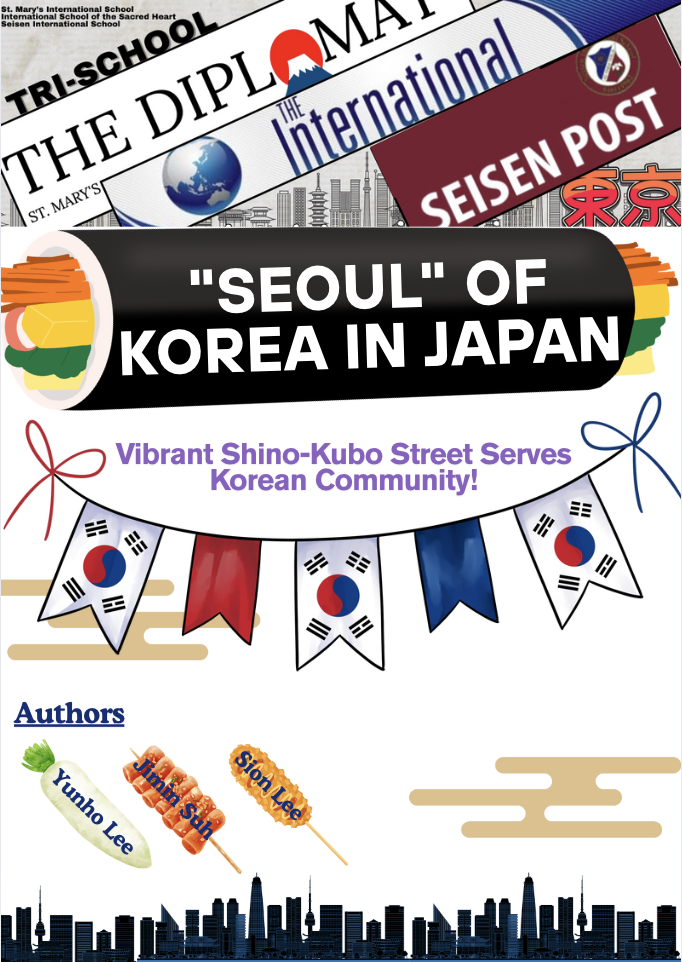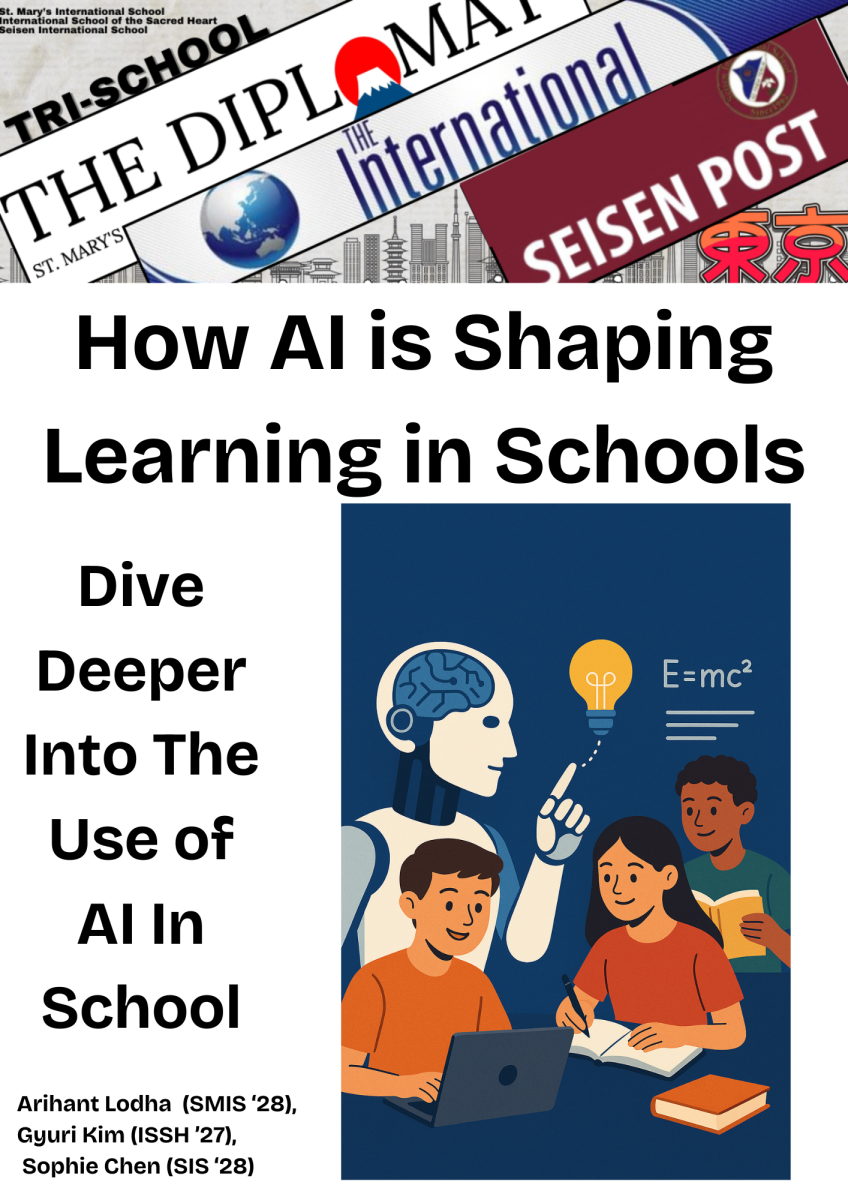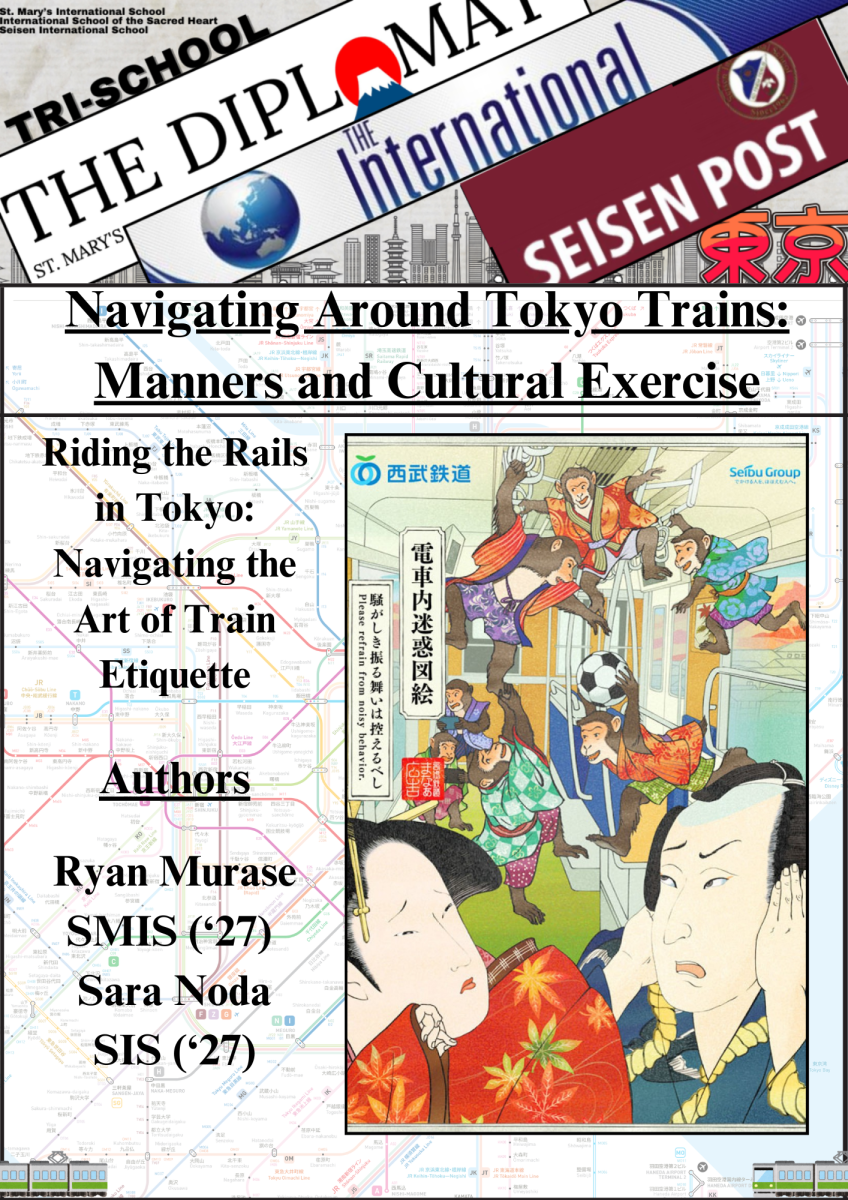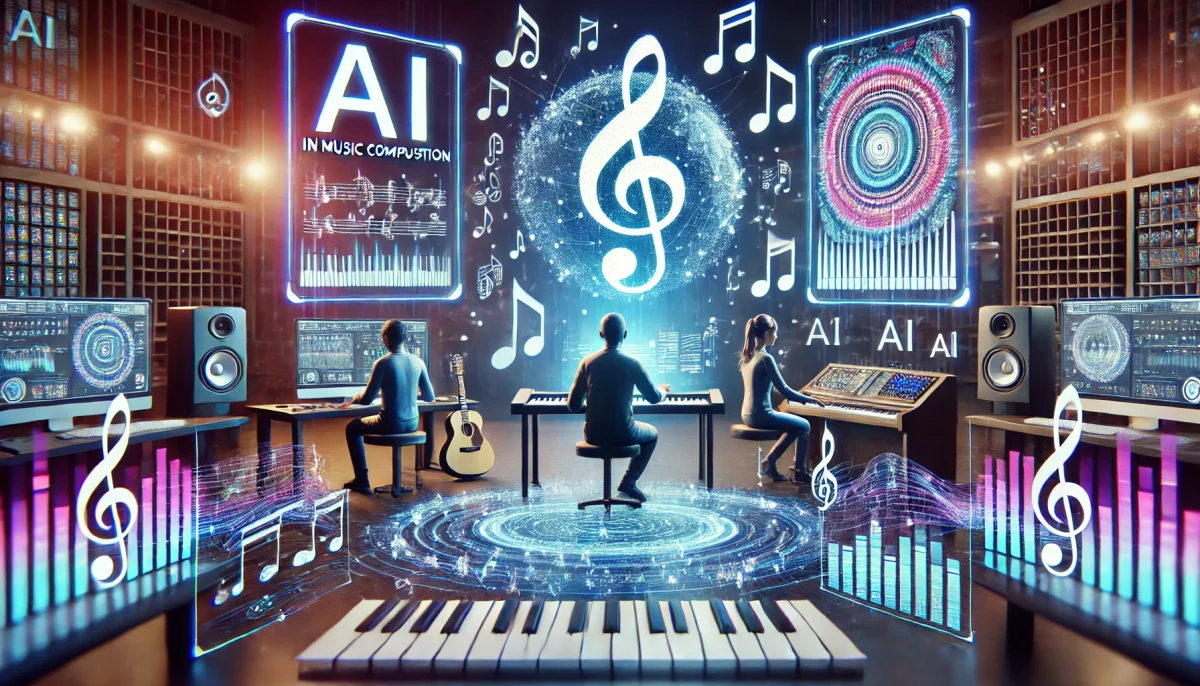Artificial intelligence (AI) is transforming the education sector at a very rapid rate, offering promising possibilities for efficiency and personalisation. Yet, with these advancements come mounting concerns about their impact on learners’ learning. AI can provide personalised feedback and accelerate learning, but it raises questions about whether it will be abused for cheating or decelerate the process of building critical thinking. The issue comes into play in Grade 8 English courses in Tokyo’s St. Mary’s International School, where the deployment of AI has generated lots of concerns on academic honesty as well as potential self-developed abilities by the students.
This situation is not unique to St. Mary’s but is part of a much broader global conversation about AI in education. As schools worldwide experiment with AI to enhance learning, similar concerns about cheating, over-reliance on technology, and the potential negative impacts on cognitive development are being raised across various educational systems. Many educators are grappling with whether AI can truly enhance student learning or if it undermines critical thinking, creativity, and personal growth.
Surveys run recently amongst students in St. Mary’s Grade 8 found mixed reviews of AI’s contribution towards education. When questioned whether AI is a positive or negative force, 33 out of 64 students were neutral, although they leaned slightly towards perceiving AI as a positive force. Yet, 20% of the respondents complained about AI having the potential to enable cheating, and 14% insisted that AI could only be utilised for learning purposes, without creating a culture where cheating would be enabled. These results suggest that while AI is widely seen as a useful asset, there is widespread fear of its potential misuse, a sentiment echoed in educational debates across the globe.
In St. Mary’s, AI programs like Flint are utilised in classrooms to help students improve their work through feedback, but not by providing them with the answers directly. Mr. Andrew McGovern, St. Mary’s technology integrator, sees AI as a way to guide students in the right direction, making learning easier without doing the work for them. “AI can help students learn better,” McGovern states, “but it’s also a very easy tool to cheat with.” His observation points to the core ethical dilemma: While AI is a helpful learning aid, it also invites students to bypass the effort conventionally required to learn.
“Now, anyone can write an essay due to Chatgpt, it’s so easy to do,” McGovern goes on. “So we need to ask ourselves: How do we assess the actual skills of students if they can simply bypass the learning process?” This fear of AI abuse raises the bigger question of whether or not the tool can be integrated into classrooms without undermining the integrity of education. This is a question faced by educators globally, as the ease with which students can access AI-generated answers poses challenges in evaluating real student engagement, thinking, and skill development. How can schools and universities measure authentic learning when technology so readily allows for shortcuts?
From a teacher’s perspective, AI has shown great promise in simplifying lesson planning and providing consistent feedback. St. Mary’s educator Mr. Kim believes that AI has greatly boosted the efficiency in planning materials. “It’s done a wonderful job of putting together what formerly had been somewhat disjointed in the instance of teaching a broad topic,” he says. For example, in investigative journalism, we would have individual lessons with advice that students received daily. Those little lessons may be difficult for students to connect. Now, AI consolidates everything into one handout, which provides them with a clearer idea of the subject.

This ability to consolidate and personalise learning is not just a benefit for St. Mary’s but represents the broader promise of AI in education. AI’s potential to tailor lessons to each student’s specific strengths and weaknesses could be a game-changer, particularly for students who learn at different paces or in different styles. In an increasingly diverse classroom, AI offers a tool to address varying needs, much like the increasing use of personalised learning platforms in schools around the world.
Other than organisation, AI is also beneficial in providing formative feedback and ongoing feedback that guides students along the way. “What AI is particularly well-suited to do is provide us with a starting point, a jumping-off place,” Kim explains. “It doesn’t fatigue, which is a blessing because it identifies repeated errors that we might overlook after grading many papers. AI can help students correct errors more consistently.”
AI’s ability to condense lessons and offer continuous feedback has undeniably enhanced the clarity of learning in classrooms. By consolidating fragmented information, AI ensures students understand key concepts without being overwhelmed. This allows for a more personalised learning experience, freeing up teachers to focus on individual needs. In fact, AI’s application in education is contributing to a larger shift in how teachers approach their roles, allowing them to focus more on supporting students’ individual learning journeys rather than simply delivering content.
Despite these advantages, how easily it is for students to cheat using AI remains a concern. As Mr. McGovern suggests, “It’s very easy to see when a student just asks AI to spit out an article for them, it’s not their work.” How easily essays, reports, or summaries can be generated with minimal effort has raised concerns over the validity of academic tests. This is an issue facing educators not just in St. Mary’s but across the world, where the accessibility of AI tools challenges traditional methods of assessment.
While AI excels at producing answers on the spot, it lacks the thought that comes with the old task. “Not all students sit down and create a carefully written essay out of AI,” explains one teacher. “But they may use AI to figure out most of it for them without using the cognitive effort involved in learning.”
The convenience of using already available answers has created fear that students would be misusing AI for the avoidance of mental work and that the experience of learning could become undervalued. To put it the way Mr. McGovern described, “When a student does an essay by using AI, you can’t always tell whether it’s their work.” Educators now find themselves caught between determining how to assess students in a culture where AI easily serves as a proxy for individual effort.
In response to this, some educators are exploring new forms of testing, such as oral exams or interviews, to ensure that students demonstrate their knowledge in a way that goes beyond simply retrieving answers from AI tools.
In response to these concerns, some teachers have proposed alternative methods of testing. Mr. McGovern opines that the use of other testing should be explored to more accurately measure the knowledge of the students and prevent the use of AI-generated answers. “We need to find other ways of testing our students, like doing it orally or interviewing them,” he says. “That way, we can actually know what they are learning.”
These choices can help to make sure that the tests reflect the abilities of the students, even in the age of AI. With the future advancements in AI, the problem of academic integrity remains at the top. It is clear that although the great potential of AI is obvious, its use in class must be regulated so it doesn’t interfere with genuine learning.
Despite academic integrity issues, some individuals believe that AI can also spur creativity and not destroy it. One teacher argues, “AI can provide new avenues for creativity. For example, art or music produced by AI can encourage students to think beyond their boundaries.” It can even lead to entirely new forms of expression. The growing use of AI in creative fields such as music, writing, and visual arts underscores a larger conversation about how AI could change the nature of human creativity. AI’s ability to imitate and extend creativity offers students new ways to engage with artistic and intellectual pursuits, presenting opportunities to expand creative horizons in ways previously unimaginable.
Yet, this raises very serious ethical concerns regarding ownership. If students use AI to work on producing material, who then owns the product? With the increasing ability of AI systems to emulate human creativity, it becomes ever more difficult to distinguish between content generated by a machine and work created by students. Teachers, then, are faced with the question of how to assign authorship. This issue is part of a larger debate in the tech world about intellectual property and how AI-generated content should be treated.
Additionally, AI in education poses the threat of bias. Since AI systems are trained on data, if that data reflects social prejudices, then the AI will propagate those biases. Mr. McGovern stresses the importance of ensuring that AI is used fairly and ethically: “If AI is trained on biased data, it could have a damaging effect on some groups of students, putting them at a disadvantage.” This argument highlights the importance of having careful control over AI tools in schools to avoid unequal outcomes. The issue of bias in AI is not just an academic concern but a wider societal one, as AI systems increasingly influence decisions in hiring, law enforcement, healthcare, and beyond.
AI’s power to revolutionise education is undeniable. It can personalise learning, automate mundane tasks, and even increase creativity. However, as its use in schools becomes more widespread, concerns remain about how to deploy AI without compromising academic integrity and students’ development. While AI has the potential to enhance education, careful consideration must be given to how it is integrated into the classroom. The balance between leveraging AI for efficiency and maintaining a focus on the core values of education, such as critical thinking and independent learning, is essential.
The answer lies in the use of AI. As Mr. McGovern concludes, “We are still in the early stages of understanding how to integrate AI into education. We need to ensure that its use enhances student growth, not just grades.” The future of education will be determined by how properly we balance achieving the benefits of AI with retaining the essence of intellectual integrity and critical thinking as AI continues to evolve. This ongoing conversation about AI in education is part of the wider evolution of teaching and learning in a world where technology and creativity are increasingly intertwined.


